In fact, the potential for rural tourism development in localities is huge, and has become a common development trend of localities. However, to develop tourism effectively and contribute positively to the movement of building new rural areas, there are still many challenges.
Promoting indigenous cultural values
Chieng Chau Commune (Mai Chau District, Hoa Binh Province) is known as the cultural “cradle” of the Thai ethnic group. In 2009, Ms. Vi Thi Oanh and a number of party members established the Chieng Chau Brocade Weaving and Tourism Service Cooperative. With the support of artisans, the government and JICA (Japan), the traditional brocade weaving profession in the locality has been gradually restored and strongly developed. Currently, the cooperative's hand-woven products have been exported to many countries and territories.
According to Ms. Oanh, the cooperative has cooperated with a number of travel agencies to organize tours to explore and experience traditional culture, including brocade weaving. Thereby, the income of cooperative members has increased by 5-6 million VND/person/month. Deputy Secretary of Mai Chau District Party Committee Ha Cong Nghi said that preserving and promoting national cultural identity plays an important role in completing the socio -economic goals of the locality. Mai Chau district has identified the development of community tourism and cultural tourism as the key direction.
Sa Dec flower village (Sa Dec city, Dong Thap province) has also turned local cultural values into a unique tourism product. Known as a traditional craft village with over 100 years of history, Sa Dec flower village provides the largest supply of flowers and ornamental plants in the Mekong Delta. It is also a cultural destination with the characteristics of the western river region, attracting a large number of domestic and international tourists.
Having been involved in the flower and ornamental plant growing profession for more than 40 years, Mr. Tran Van Tiep said that flower growers here are making efforts to innovate to keep up with modern trends and development. Many new flower varieties have been introduced by Sa Dec farmers but still maintain the trellis growing method, creating a difference for the craft village. More and more spacious and fully-furnished houses are being built from the flower industry's income. Ornamental flower growers have constantly innovated, creating many artistic products, while promoting the image of the gentle Sa Dec people and arousing pride and awareness of preserving traditional cultural heritage.
Sa Dec has many experiential tourism models. Flower growers cooperate with travel companies to build eco-tours in gardens, cultural tourism, continue to promote local agricultural brands, increase income and innovate agricultural economic thinking. The government of Sa Dec city in particular and Dong Thap province in general are focusing resources on investing in upgrading the transportation system, supporting people and cooperatives to participate in professional training to develop sustainable agricultural tourism.
Diversify tourism models
The Ministry of Agriculture and Environment has guided localities to raise awareness and innovate thinking about developing agricultural and rural tourism; and directed the development of models that are suitable to the strengths and advantages of the locality. The goal is that by 2025, each province and city will have at least one typical rural tourism spot recognized with advantages in agriculture, culture, craft villages, and ecological environment.
Preliminary statistics show that the country has more than 584 agricultural and rural tourism models in operation, concentrated in the northern mountainous region and the Mekong Delta. There are 382 rural tourism destinations recognized by the province, of which 11.3% are agricultural and craft village tourism destinations; 21.2% are community tourism destinations; 21.7% are eco-tourism destinations; the rest are historical sites, accommodation and commercial services.
According to Ngo Truong Son, Chief of the Central Office for New Rural Development Coordination, training, capacity building, and changing mindsets about the role of rural tourism in new rural development have been strongly implemented. In 21 provinces and cities, 83 training courses have been organized for 4,964 tourism managers and local tourism business entities, typically in: Hanoi, Ha Giang, Bac Giang, Hung Yen, An Giang...
Head of the Propaganda and Mass Mobilization Department of the Hoa Binh Provincial Party Committee Vo Ngoc Kien said that the province has set out the orientation of preserving and promoting the national cultural identity associated with building new people to contribute to creating unique tourism products. The province identifies promoting the cultural identity of ethnic minority communities and preserving the system of relics and artifacts of Hoa Binh culture as the core point in building a sustainable tourism environment, creating unique and attractive tourism products; thereby improving the quality and competitiveness on the national and international tourism map.
In fact, in order for agricultural-rural tourism to become a breakthrough in the National Target Program on New Rural Development for the 2026-2030 period, localities need to promote regional linkages to jointly exploit the potential and advantages of typical agricultural product chains and indigenous cultural values. It is necessary to develop a short-term and long-term tourism development plan. This is a key task to exploit the potential of agricultural economy, promote the advantages of national cultural identity; an important internal resource in improving the quality of new rural development for the 2026-2030 period.
Source: https://nhandan.vn/du-lich-gan-voi-nong-thon-moi-nang-cao-thu-nhap-nguoi-dan-post870799.html





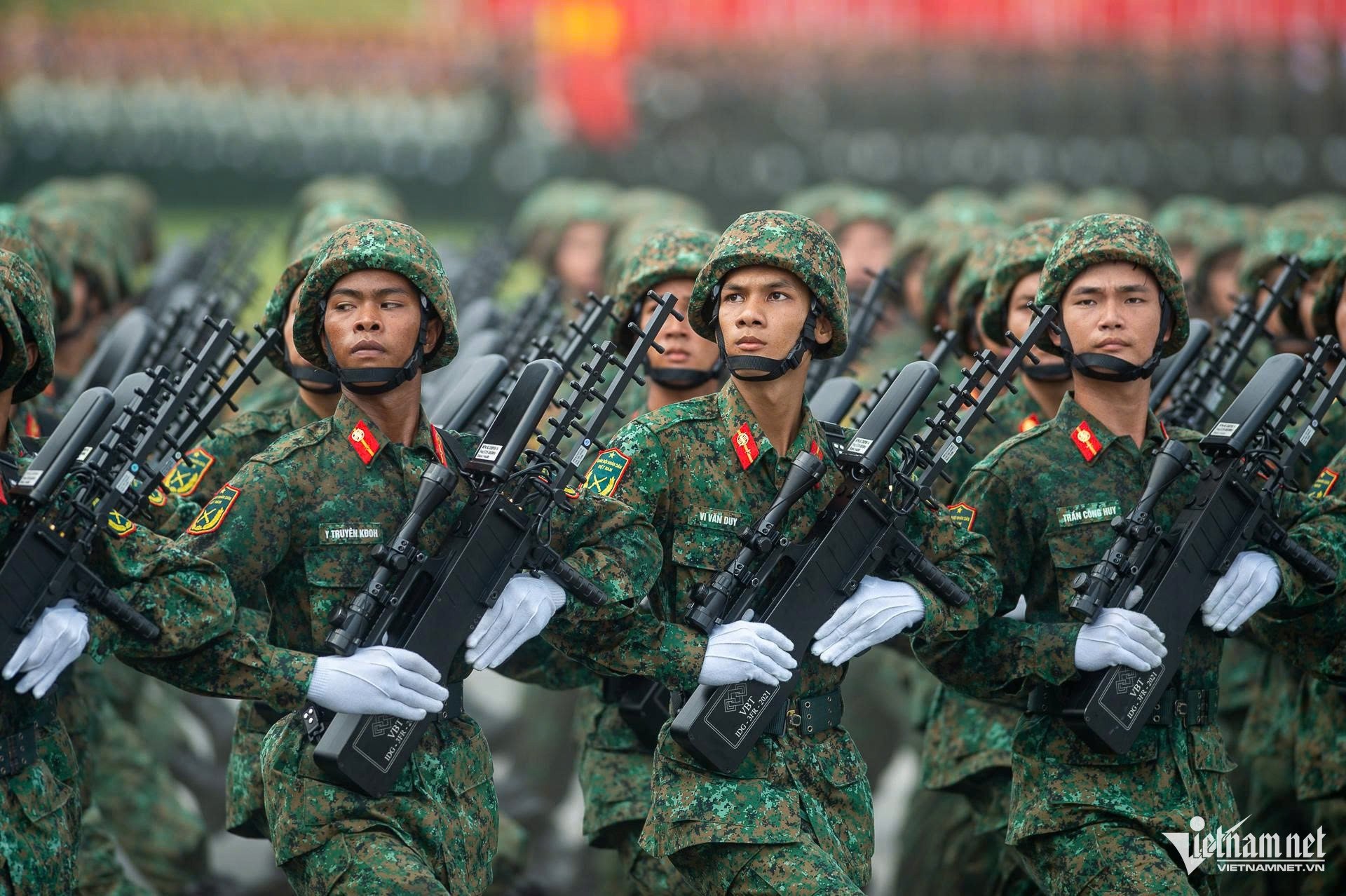



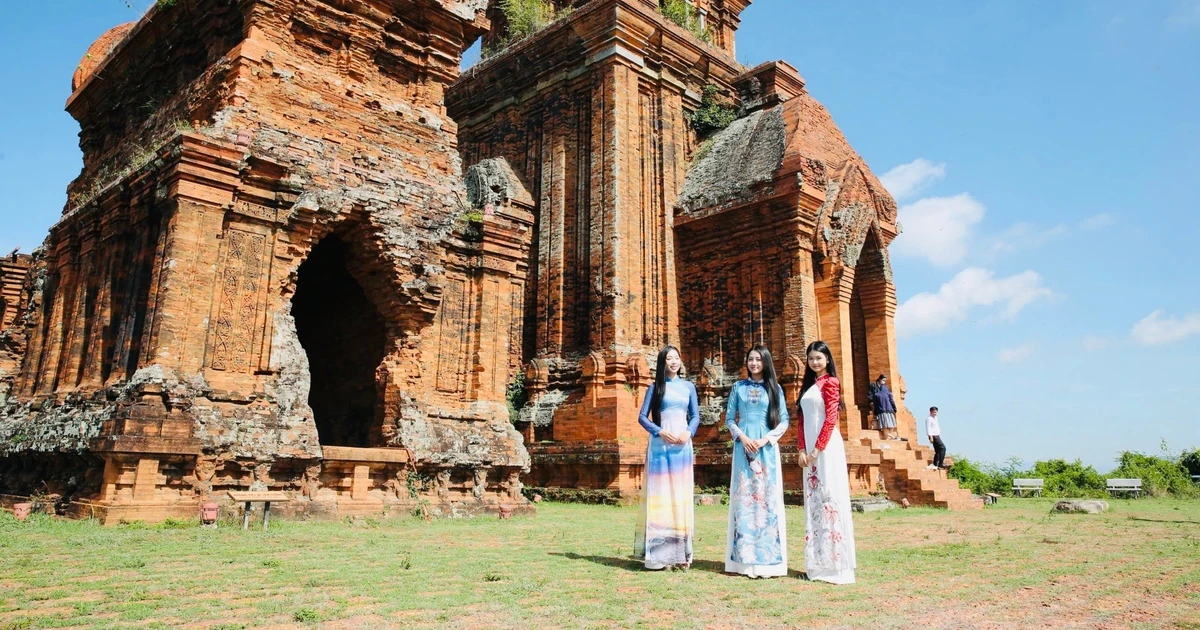

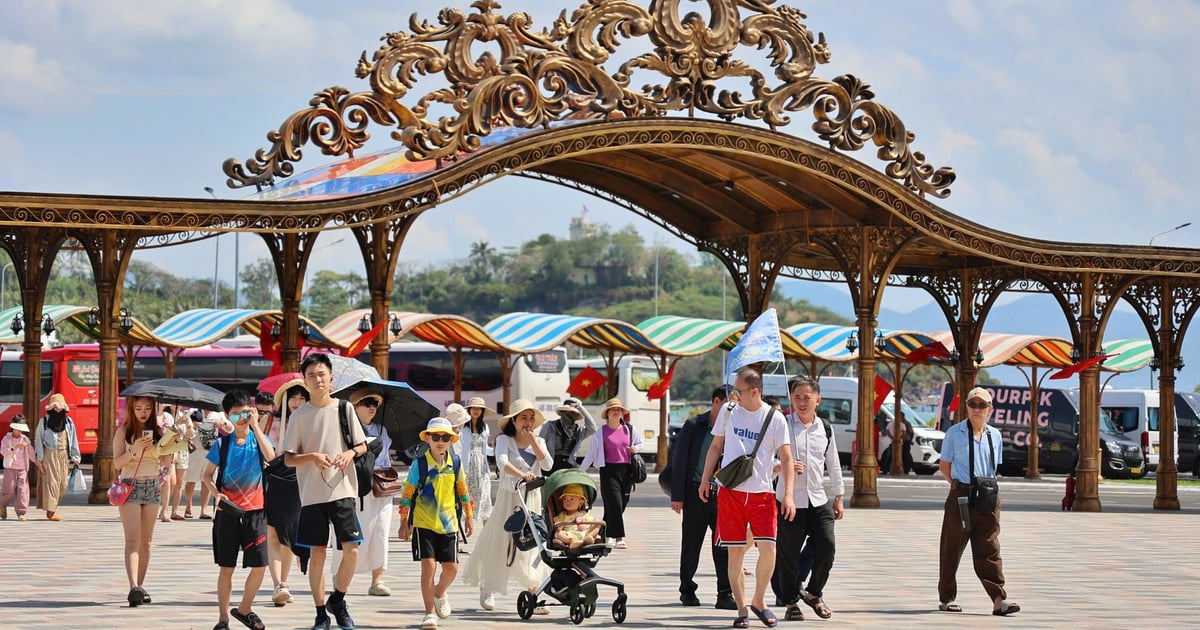



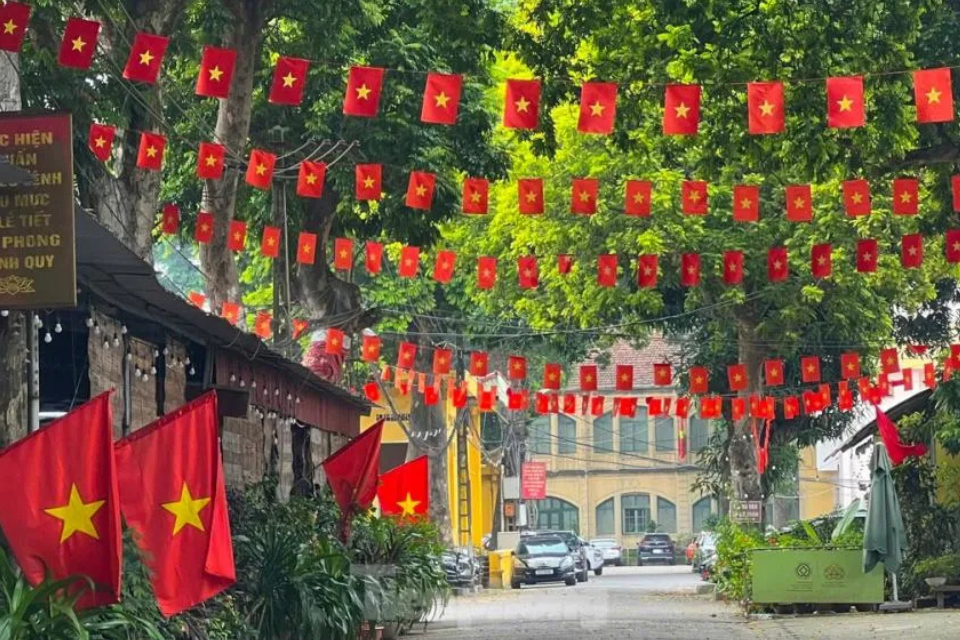
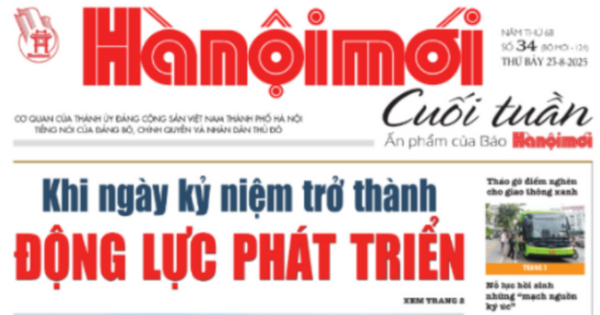

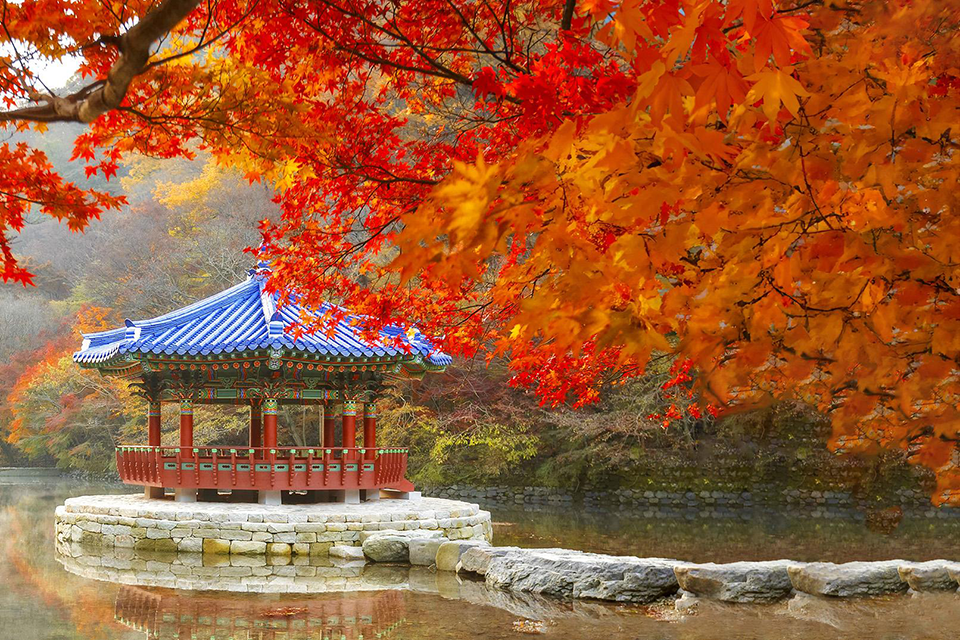
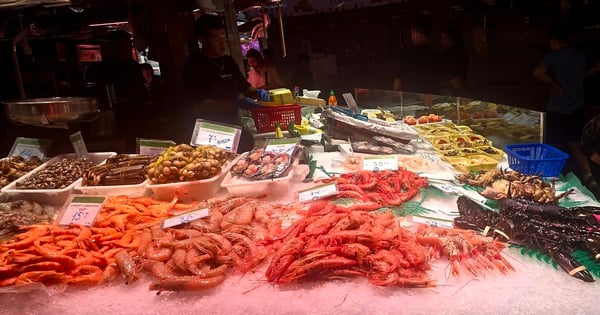

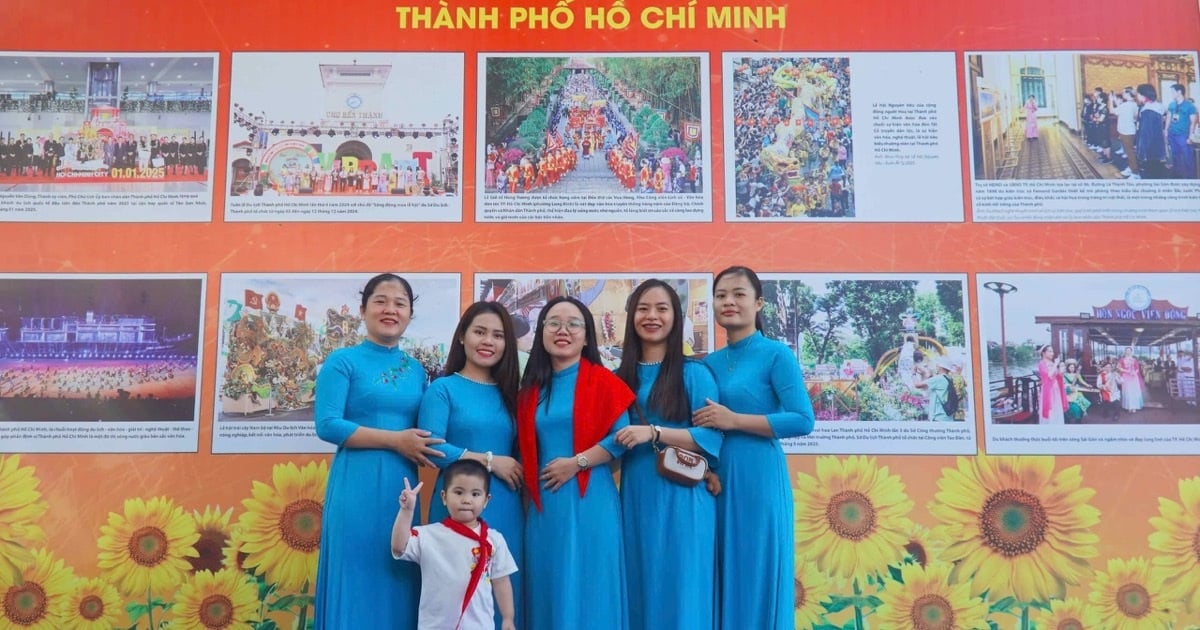




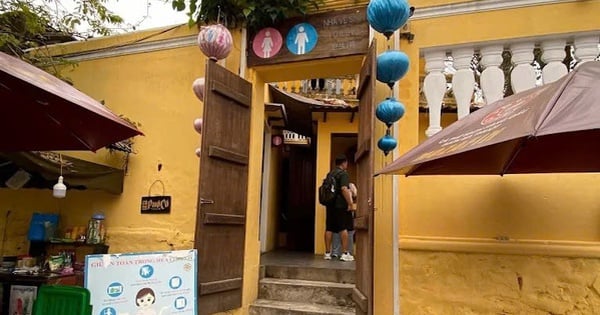



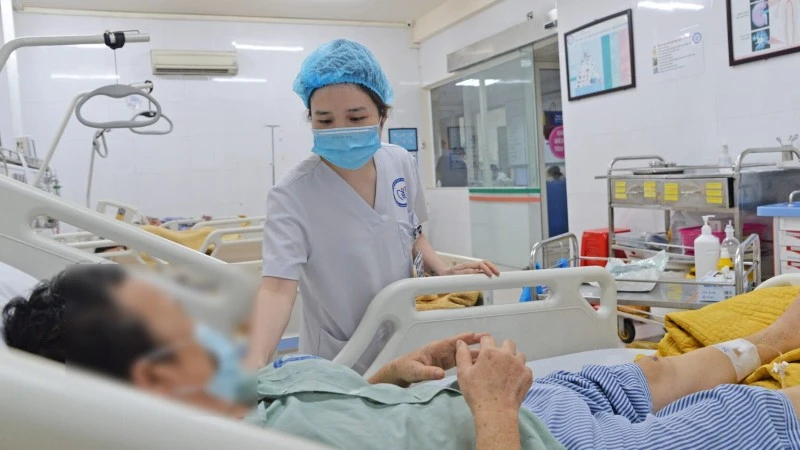
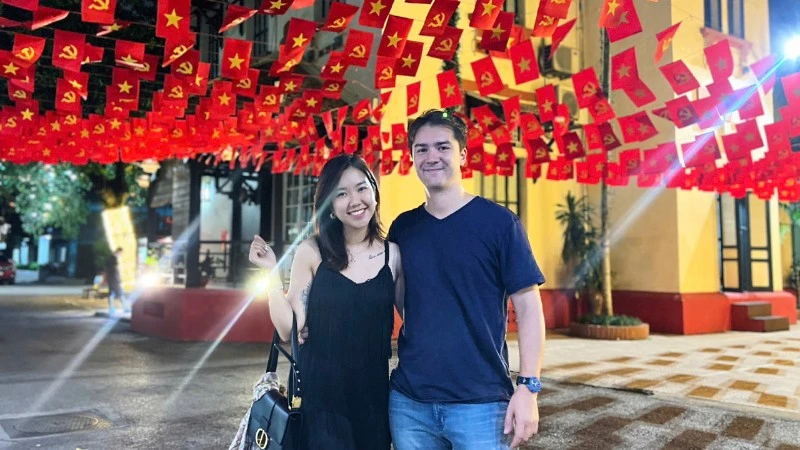
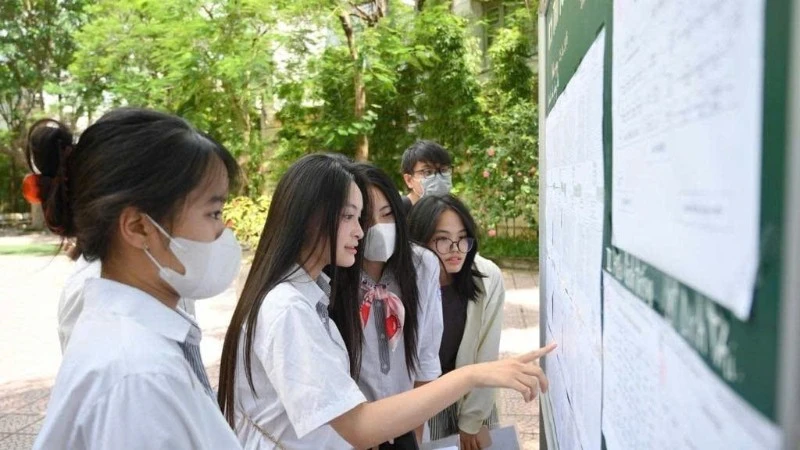

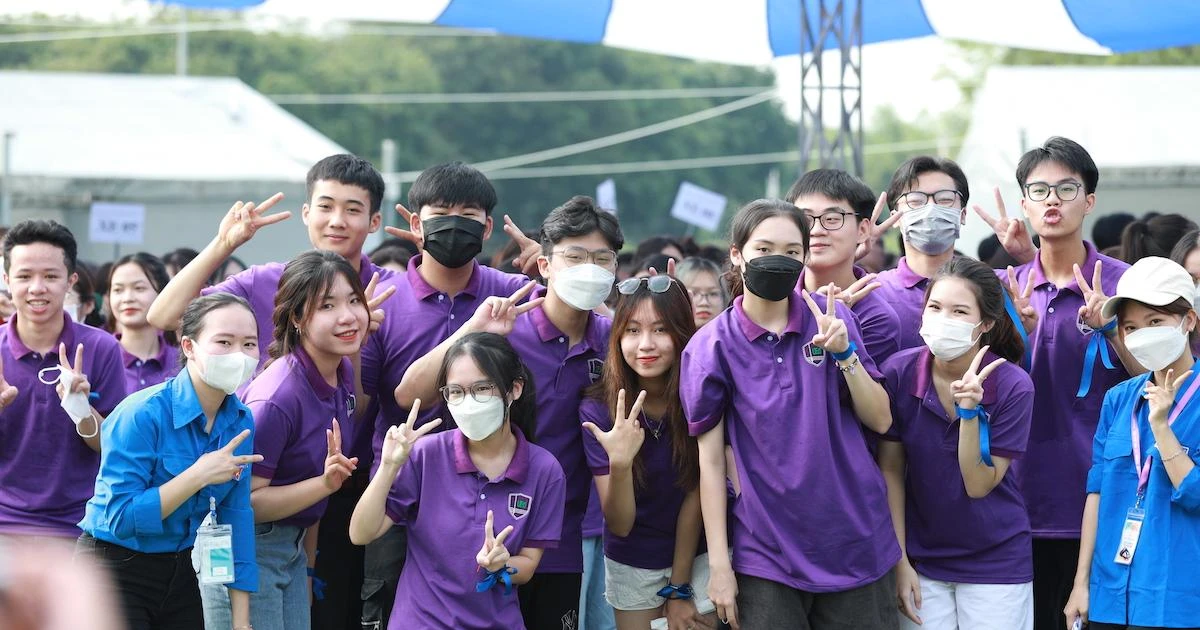
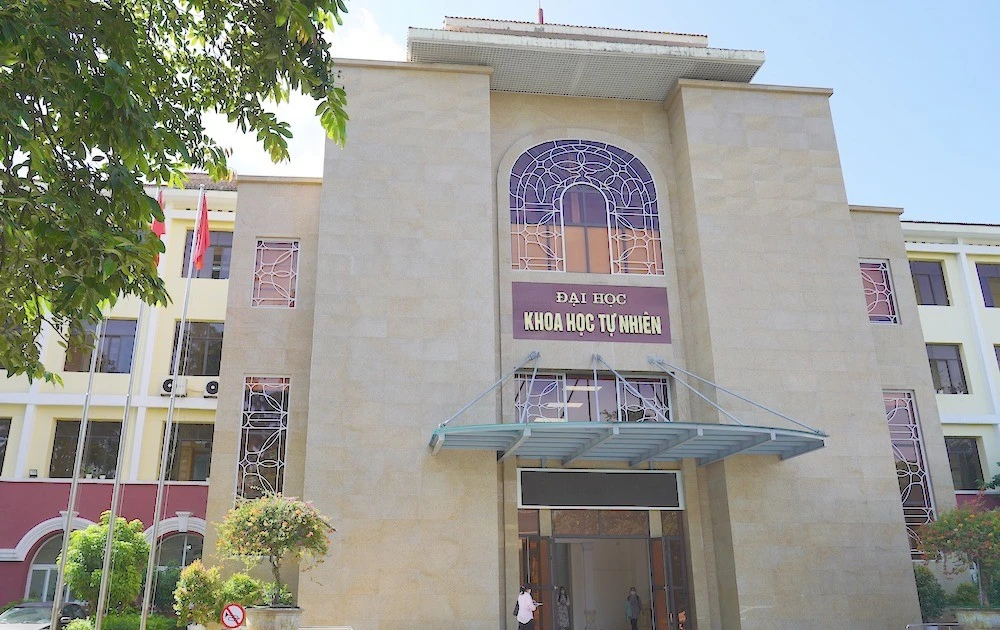
![[Photo] President Luong Cuong attends special political-artistic television show "Golden Opportunity"](https://vstatic.vietnam.vn/vietnam/resource/IMAGE/2025/8/22/44ca13c28fa7476796f9aa3618ff74c4)
































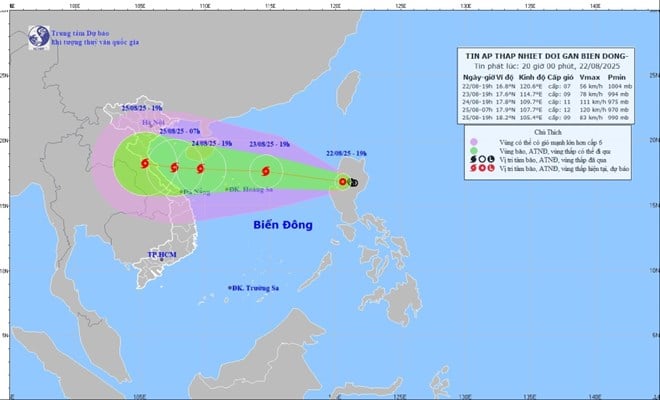

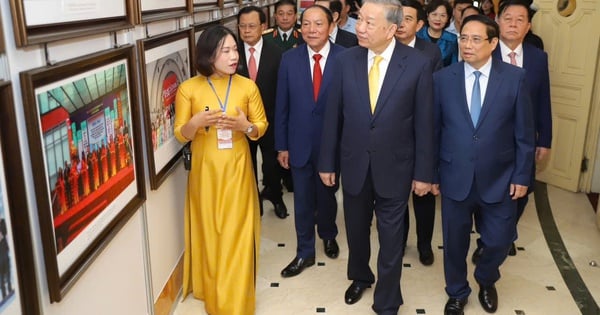

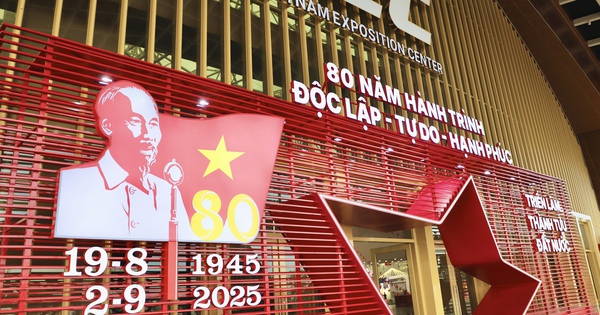
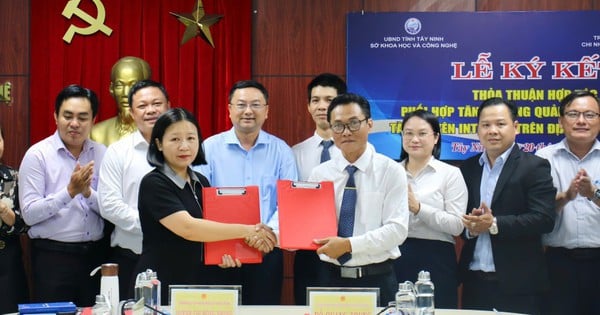


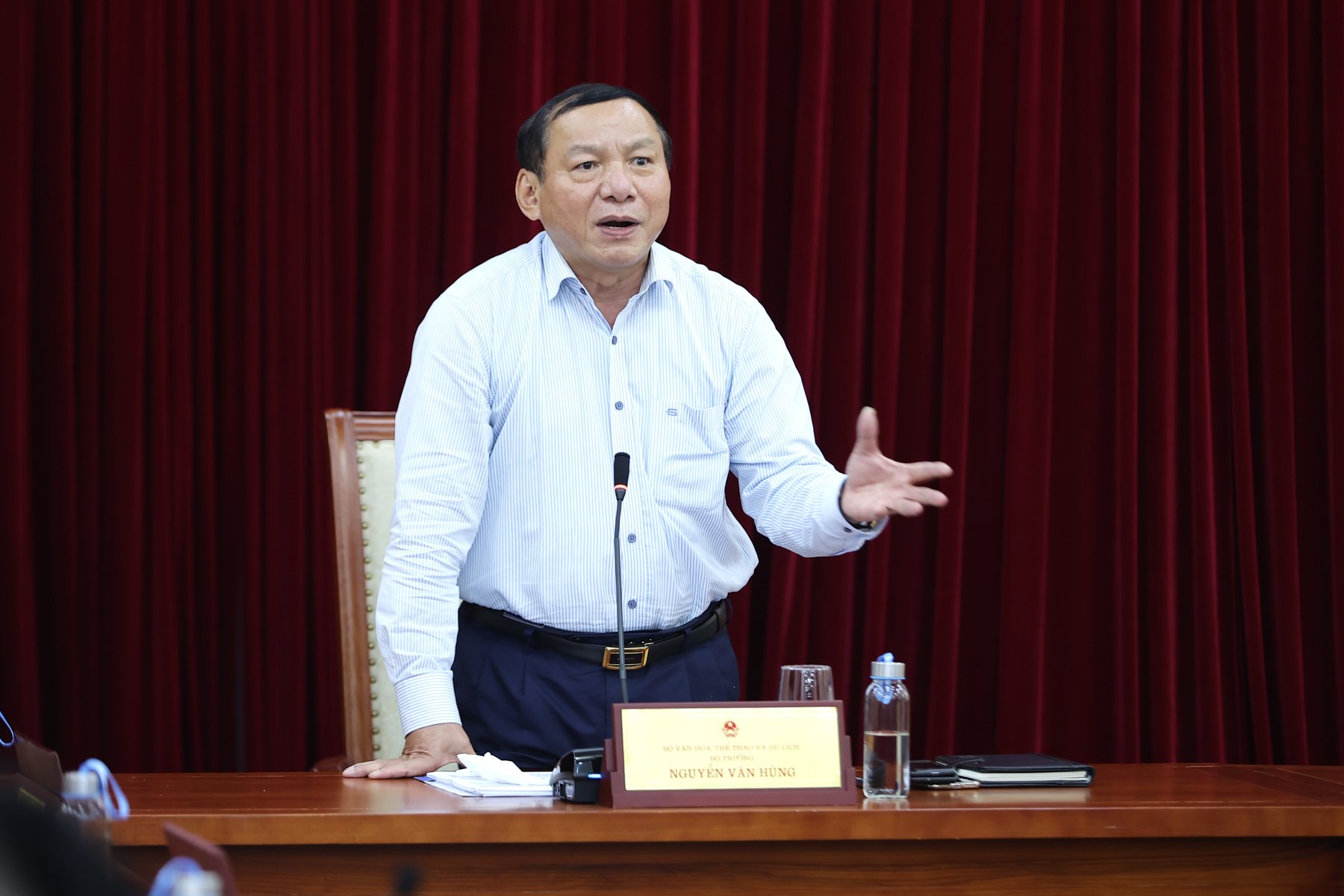

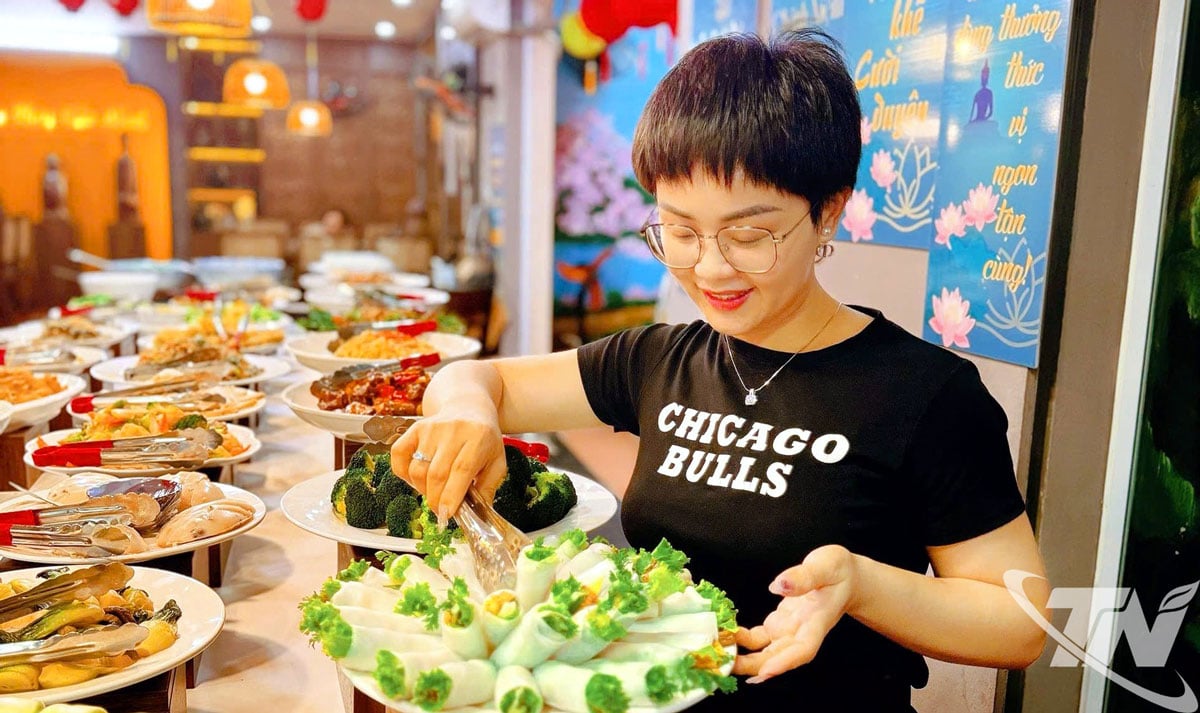

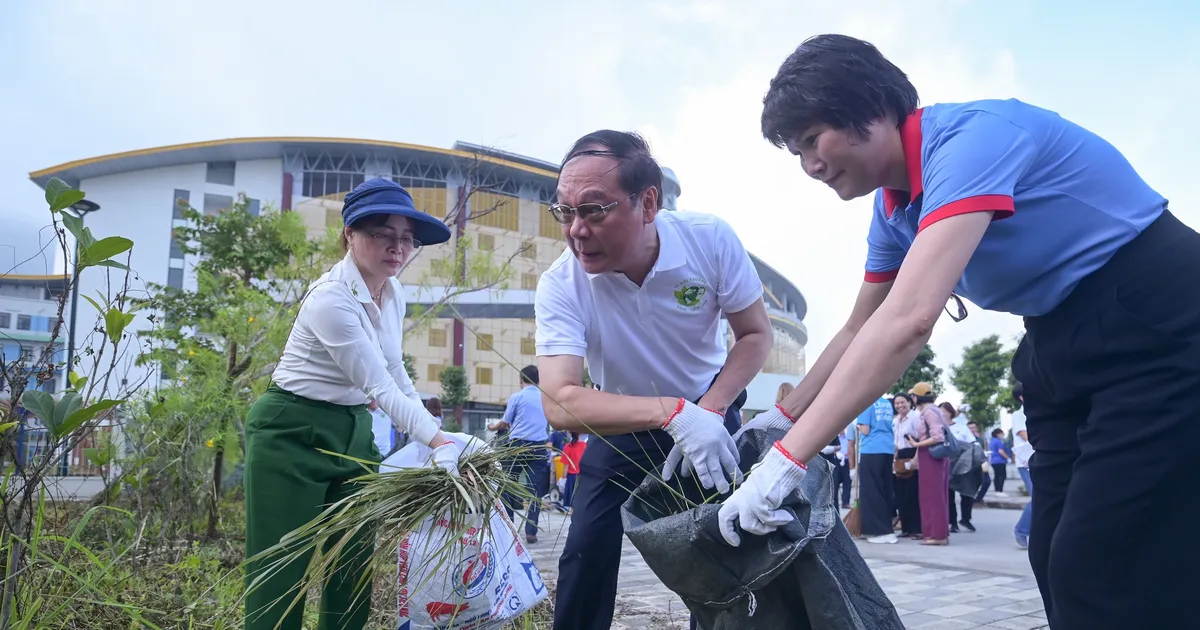
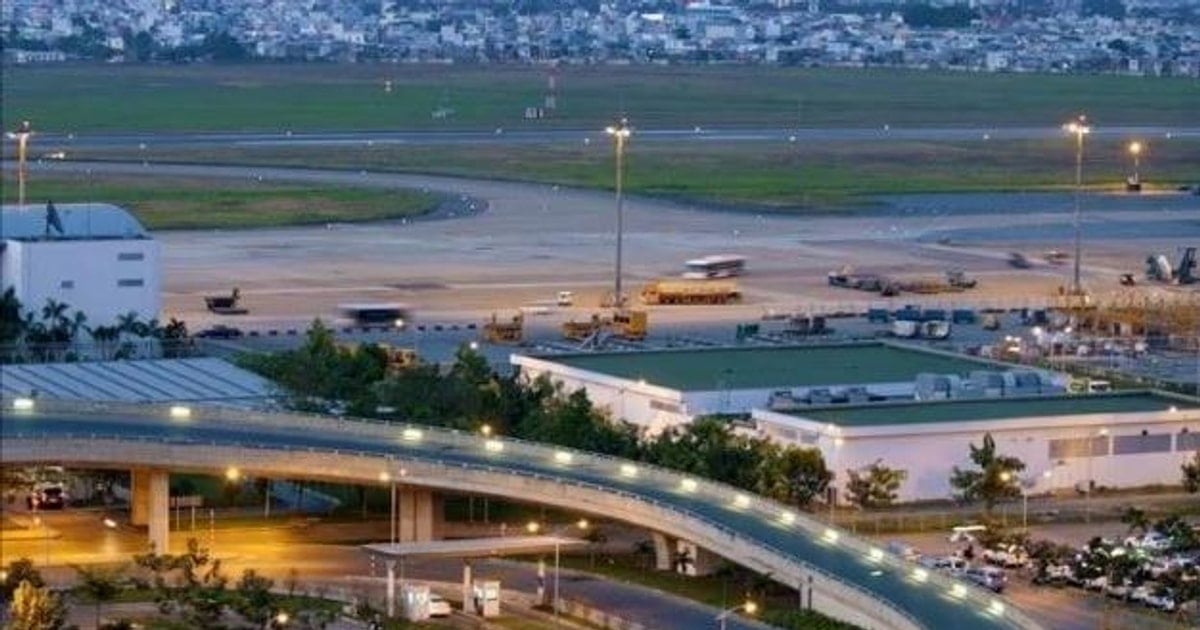

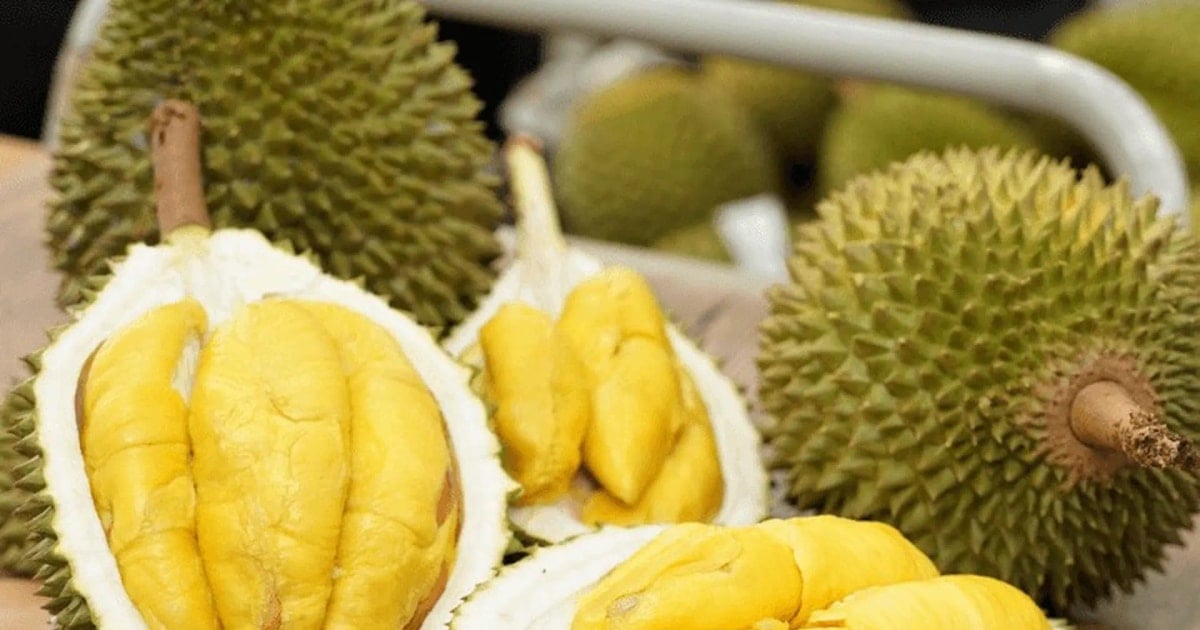
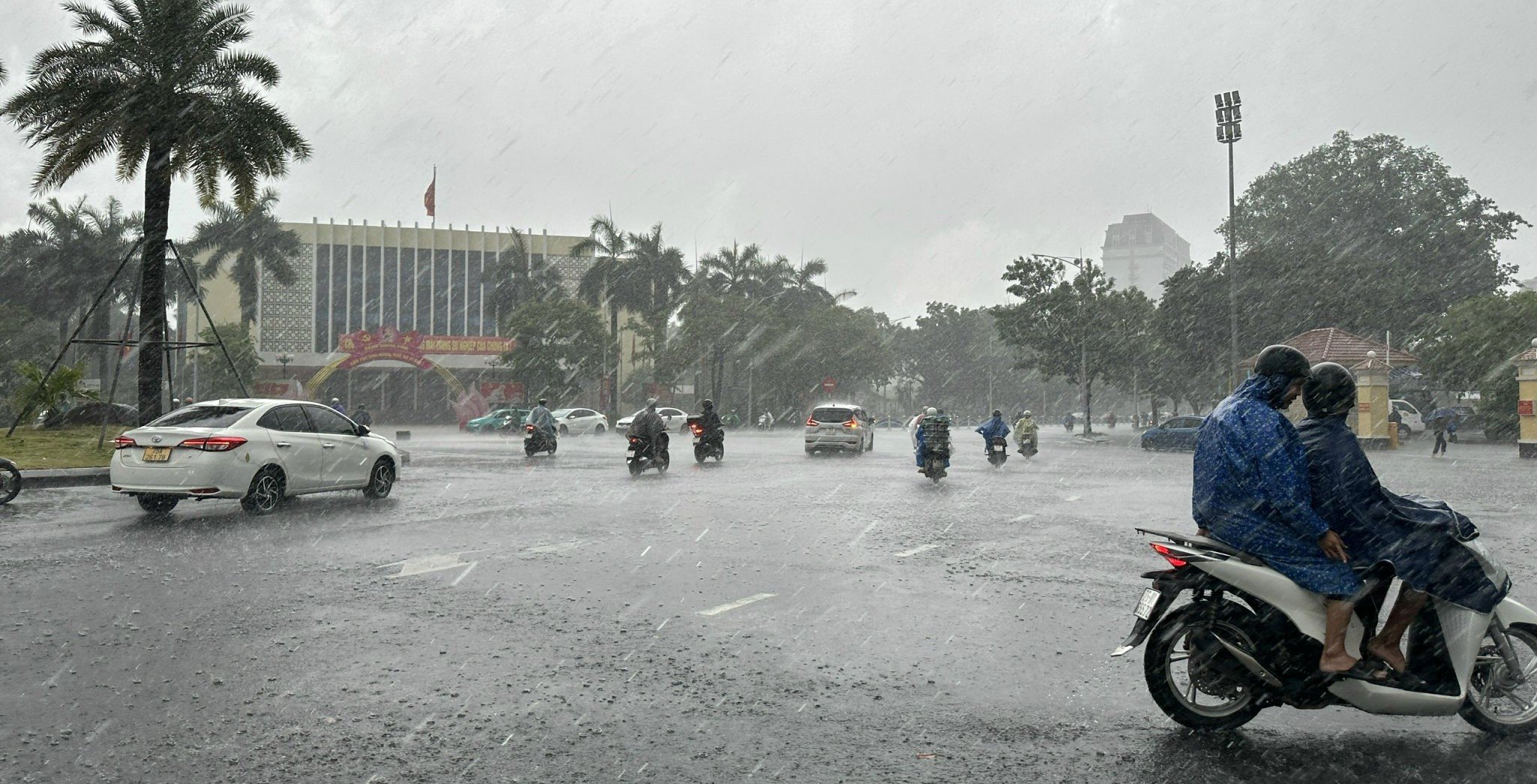


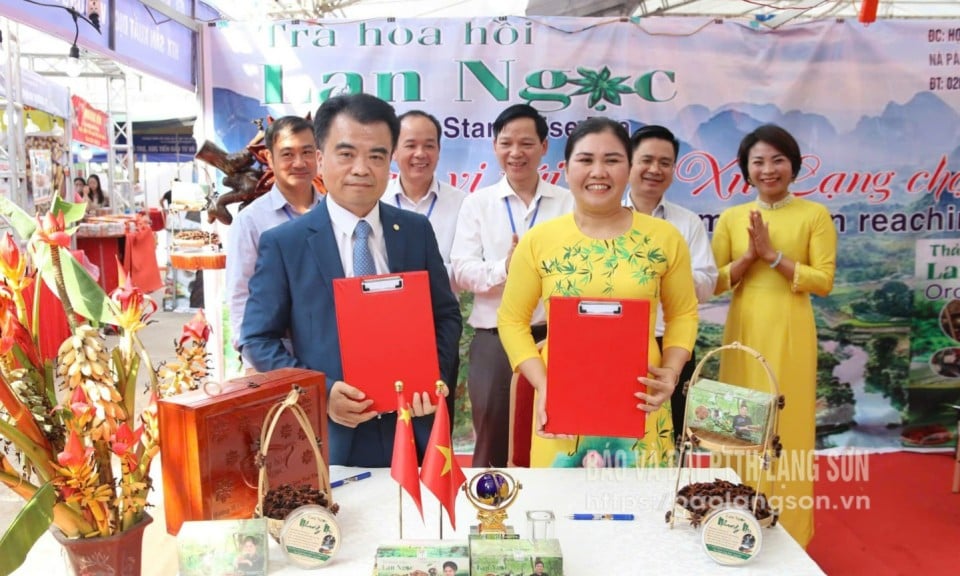

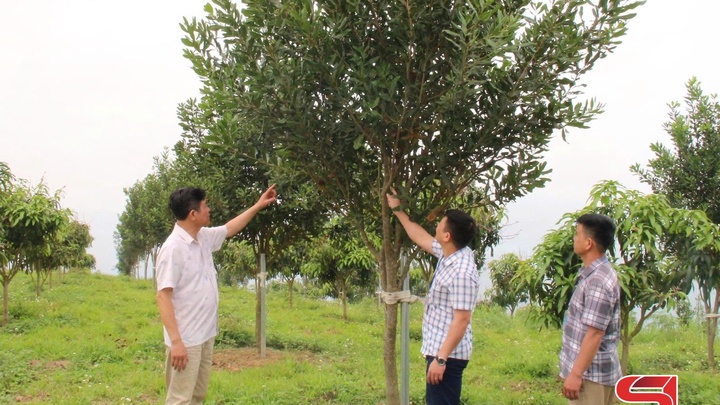











Comment (0)